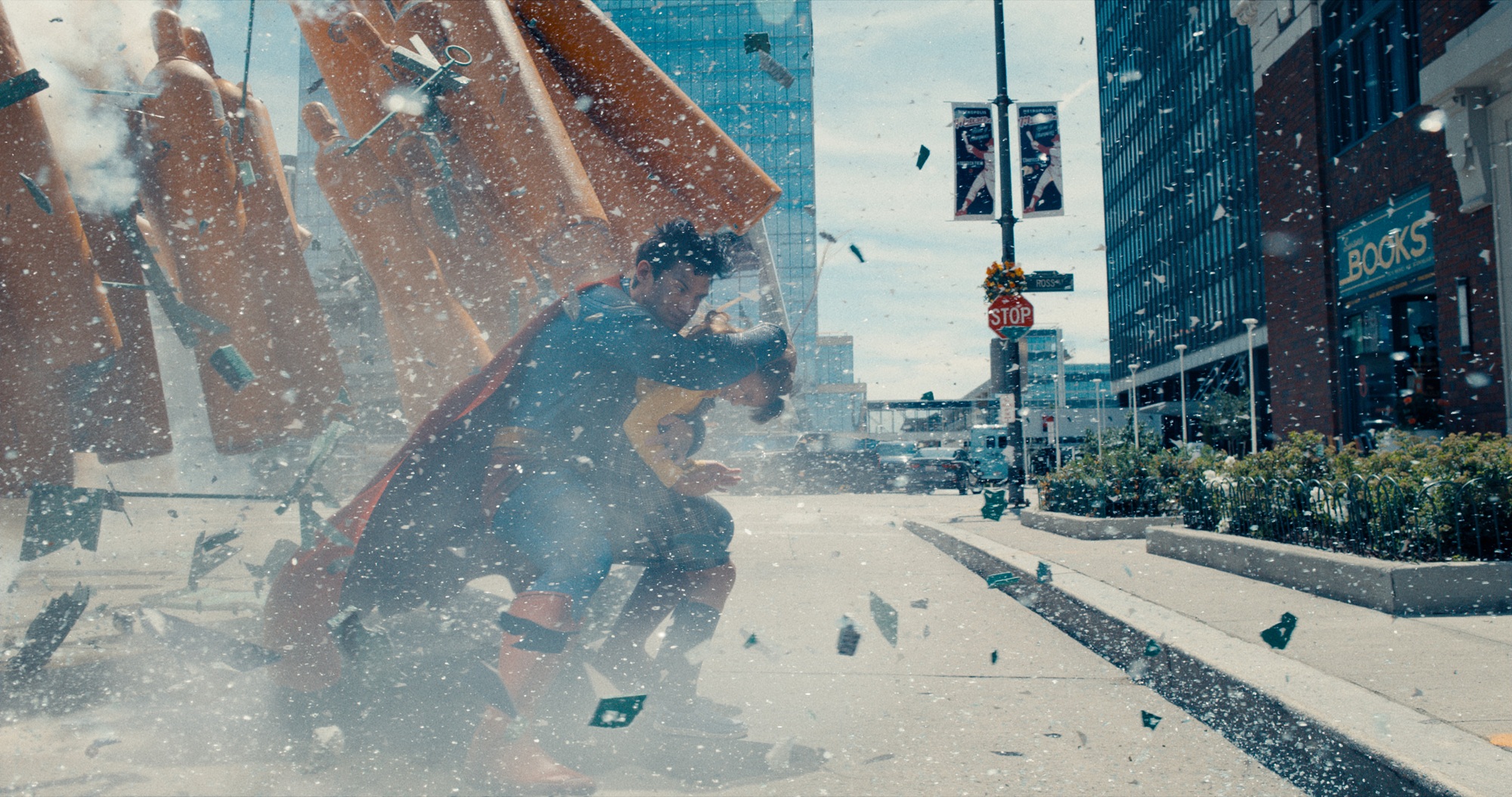Open-source developers are working on allowing the Mesa RADV Vulkan driver to support the “Cyan Skillfish” graphics processor IP found within the Sony PlayStation 5 APU as well as the AMD BC-250 mining cards.
Cyan Skillfish is the GFX10/RDNA variant that powers the Sony PS5 graphics and also used by the AMD BC-250 mining cards. With a particular interest in the BC-250 mining cards now that they can be found for $50~120 USD on the likes of eBay and other used resellers, it’s become a target for some open-source developers to pursue in getting the Linux driver support in good shape.
Following some recent fixes, the Cyan Skillfish GPU is working fine with the upstream Linux kernel AMDGPU driver. But there’s some newly-merged and still ongoing changes to iron out the Mesa driver support for the Linux desktop.
This Mesa ticket the past three months has been tracking the Cyan Skillfish efforts and what is working or broken particularly around the RADV Vulkan driver support. Most of the testing has been with the BC-250, Where things began:
“In my testing on a BC-250 I was able to get most things I tried working by expanding AMDGPU_NAVI10_RANGE to include the GPU ID (0x84). Of course that hack couldn’t be made permanent but it seems like supporting this GPU properly would only take relatively small changes.
When doing that I ran into pretty bad artifacting in a lot of newer Vulkan games (BeamNG.drive D3D11 and VK, GTA V, Fallout 4, Helldivers 2, etc.) that can be worked around by setting RADV_DEBUG=nocompute.
Some OpenGL software (Minecraft with shaders, WineD3D) hangs the GPU, both when running on radeonsi and zink/radv. I haven’t been able to find a cause or workaround for that.
rusticl works fine as far as I’ve tested.”
One of the just-merged Mesa 25.0 changes is around the RADV ray-tracing checks to better accommodate Cyan Skillfish. One of the differences with this variant is that while it’s very similar to Navi 10 (RDNA1), it has hardware ray-tracing support not found in the mainline AMD Radeon GPUs until RDNA2. So the just-merged “has_raytracing” flag can simplify this handling within the RADV driver. In turn the ray-tracing support can be more easily exposed for the Cyan Skillfish hardware with the PS5 and BC-250.
This merge request was opened yesterday for adding experimental-level Cyan Skillfish support to the RADV driver:
“After this set of patches applied, this chip is properly detected and is usable on modern kernels. Tested on kernel 6.12.9. Many games are reported to work. Quake2 RTX using the ray tracing pipeline works (not very fast, but 3-4x faster than RADV_PERFTEST=emulate_rt). Custom compute load that uses ray query a lot also works reliably.”
So while there isn’t much around Linux on the PlayStation 5 right now due to it being a locked-down platform, this Mesa work may be interesting there in the future or for now more interesting if you manage to pick-up an AMD BC-250 mining card for cheap.









